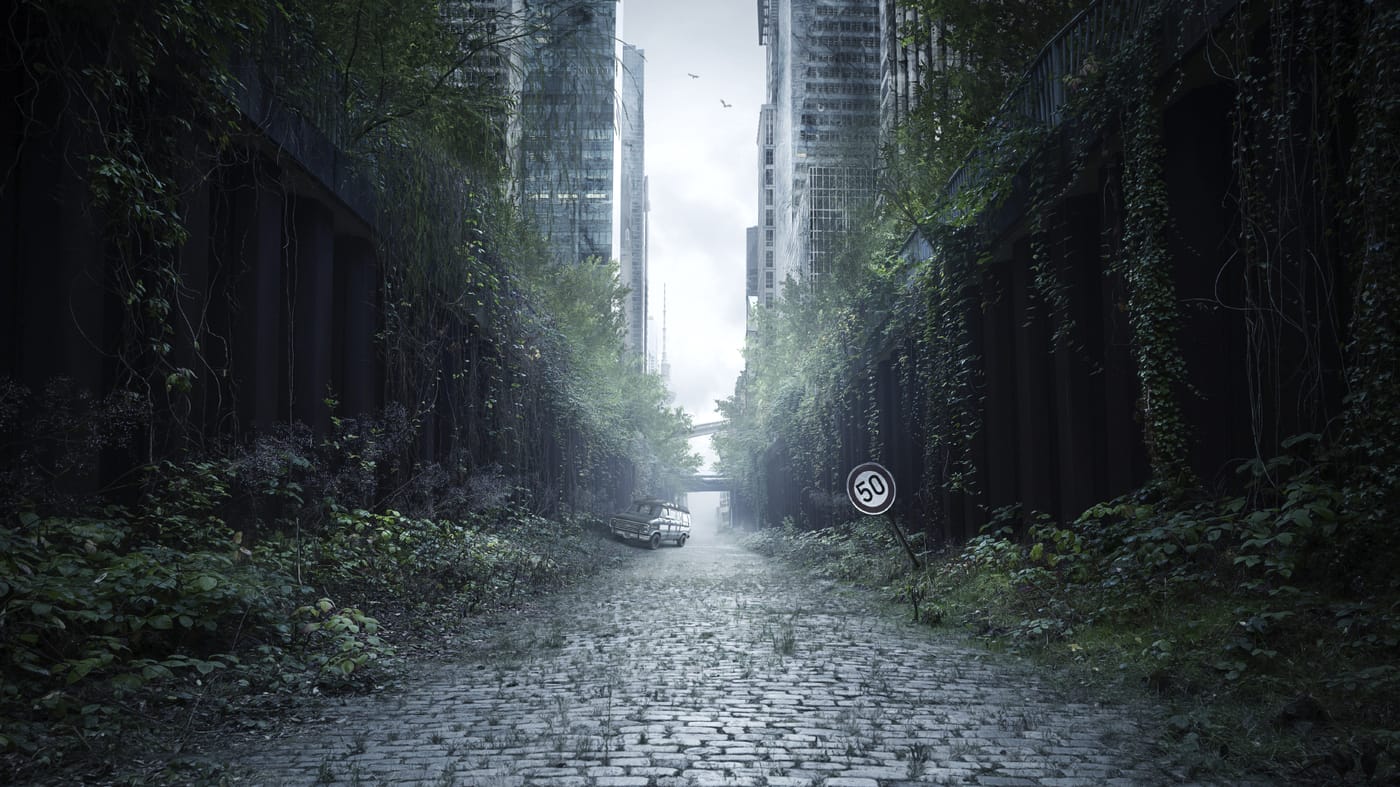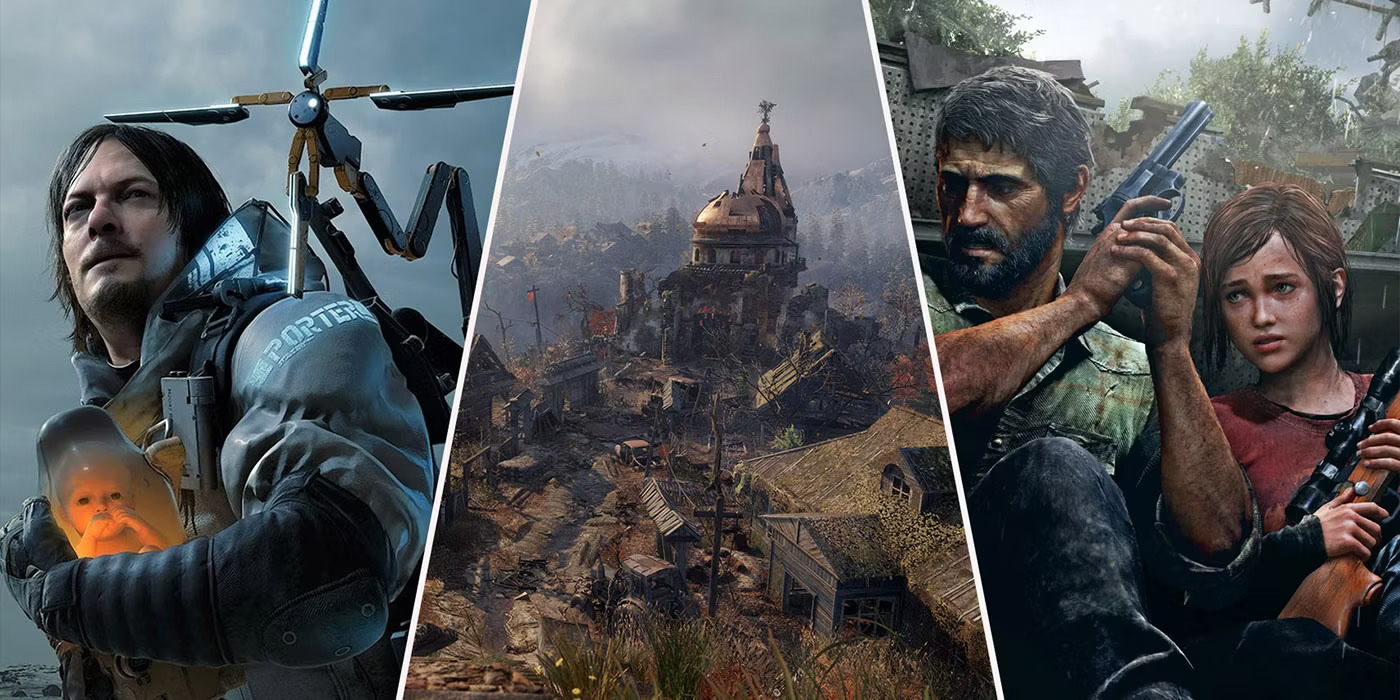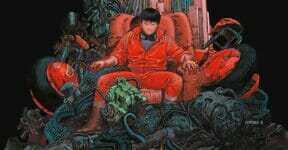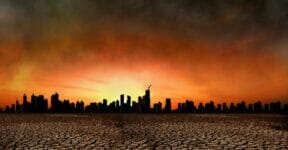A post-apocalyptic fiction always involves the world having already ended and the remnants of humanity are struggling to survive. Humanity, or what’s left of it after the apocalypse, is on the brink of extinction because no one can hardly adapt to the new environment. A dystopia tells a story of the world controlled by an oppressive and corrupt government to where people have lost personal freedom. Citizens are brainwashed to believe everything the government tells them and do as they’re told. Resistance and any form of criticism are major crimes punishable by imprisonment, if not death. And here are some of the best post apocalyptic dystopian books to give you a glimpse of that challenging world.
A dystopian book doesn’t have to be post-apocalyptic at the same time. Each can stand on its own without having to depend on the other. Both genres are often set in the future era and somewhat dark, so the condition of the world itself is important to distinguish between them. But no one says there can’t be elements of both within a single long narrative, which makes the story a mixed-genre.

The Salt Line by Holly Goddard Jones
America is compartmentalized into dystopian blocks. Life, for the average American, is as harrowing as it is narrow. Thriving outside the biological boundary known as the “salt line” is an especially deadly species of ticks. A single bite from one of them is nearly as good as death. The only treatment is to slam yourself with an electric-chemical stamp, which leaves a huge scar and a terrible pain. Also, it only works if you take the shot within a minute of the bite. Otherwise, larva will grow in your flesh and move out at their convenience through a gaping hole they dig from the inside out. You’ll be paralyzed for a time until life dissipates in a slow and agonizing fashion.
Modern Americans have left the world behind to stay safe from the little monsters. Only the super-rich can afford to take a tour beyond the biological boundary. One small group of privileged citizens embark on an adventure outside the boundary to see what’s left of the world they’ve left behind. This is where they stumble upon not only lethal arachnids but also a slew of government conspiracies and murders.

The Book of the Unnamed Midwife by Meg Elison
An unknown disease wreaks havoc in America. Most men are dead, and yet women take the brunt of the punishing disaster. Giving birth is like a death sentence both to the mother and the child. Society is collapsing as men take women as slaves, hoping one of them can deliver a surviving baby someday. An obstetric nurse from San Francisco wakes up only to see dead bodies all around her in a hospital. Outside the building, things are even worse. She spends weeks and months wandering in a scantily populated city while avoiding male predators along the way.
The time has come for her to move on. Disguising herself as a man, the nurse travels across this dystopian country, where the society grows increasingly unstable into total lawlessness. Now and then, she has to defend herself against rapists and scavengers. Because pregnancy is lethal, she quietly offers birth control and dispenses morning pills to the enslaved women held captive.

The Country of Ice Cream Star by Sandra Newman
An inexplicable plague killed about 80% of the American northeast populations, leaving behind only a few generations of Black children who will eventually die young, anyway. It is a rather dark story filled with murder, slavery, religious fundamentalism, rape, and white colonialism.
You’ll bump into quite a lot of young adult dystopian tropes in the novel from a tomboy protagonist with a complex romantic issue to the mythology of conflicting factions. Many typical post-apocalyptic elements like destroyed cityscapes and grotesque violence are there as well. The story is told from the perspective of a girl named Ice Cream Star, who speaks a uniquely debased version of English. She refers to such contemporary topics as money, war, and Christianity, but the expressions and forms are not exactly recognizable. It is said that the language has been developed over tough years by patches of isolated survivors.

The Death of Grass by John Christopher
A virus causes so much destruction in the world. Although it doesn’t infect and kill humans, the impact of its invasive nature is so massive on humanity. The disease affects every species of grass in existence, including rice and wheat. The outbreak starts in China and brings the country down with mass starvation. The same devastation is heading toward Europe and everywhere else, threatening food supplies worldwide and human civilization itself. No one gets enough food anymore, and the society doesn’t take long to go full barbaric. To prevent the world from falling into dystopian madness, the government takes the most dystopian measure of them all: bomb major cities to reduce the population.
It is against this backdrop that John Custance takes his family to escape the bombing in London, heading toward an isolated farm. On the journey, our characters run out of bread and so they kill another family to take theirs. To avoid the brutality of moral breakdown, they too are forced to make questionable moral decisions many times. The apocalypse happens so quickly in the book that the world turns post-apocalyptic and dystopian almost at the same time.

The Dead Lands by Benjamin Percy
Unlike George Romero’s 2005 horror film Land of the Dead, there are no zombies in The Dead Lands, but the novel does have other monsters lurking in the dark. Mutants, vampire bats, slavers, and other terrible things make their appearances here. Pretty much everyone died in the story either from nuclear disaster or pandemic flu in the past, except for the citizens of Sanctuary inside their massive walls. They’ve actually done well at neutralizing all threats at the expense of shutting themselves off from the rest of America.
But now they’re living in a dystopia where a corrupt government uses fear-mongering tactics to remain in power. Resources are scarce, water is hard to find, and the authority is too brutal to care. Things take a drastic turn when a rider makes a stop outside the walls and spreads the news of food, rain, and salvation waiting somewhere in Oregon.
We think one of the major driving forces behind the unbound surge of interest in post-apocalyptic and dystopian books is that people romanticize the principle of “survival of the fittest.” They prefer (and therefore fantasize) a world without hierarchy in a post-apocalyptic situation, so they can become the true masters of their own fate. Some people also think that living in a dystopian society in the future will bring them back to the basic problem of survival. Considering the constant overbearing demands and complex entanglements of today’s modern world, even a dystopian future doesn’t seem so complicated anymore. When people’s only concerns are the primeval needs for survival, the world suddenly becomes a much simpler place where their resourcefulness and strength call for immediate rewards. In reality, this might not be the case at all.
How do you think a dystopia starts in any region or country? Is there any post-apocalyptic story that’s not actually a dystopian narrative too? We’d love to hear from you.
Other Things You Might Want to Know
Does the fascination with post-apocalyptic and dystopian make sense?
There’s no way we can deny that such a fascination exists. It might even make sense considering how our daily situations today are bombarded with warnings about post–industrial climate change and the real possibility of alien invasion.
Apart from everything listed above, are there any other must-read books in the genre?
Yes, of course. We don’t list the following critically acclaimed books because you’ve probably read them anyway, twice.
- Brave New World by Aldous Huxley
- The Handmaid’s Tale by Margaret Atwood
- The Hunger Games by Suzanne Collins
- The Passage by Justin Cronin
- Oryx and Crake by Margaret Atwood
- Parable of the Sower by Octavia E. Butler
- Station Eleven by Emily St. John Mandel
Is it possible to have a real happy ending in a post-apocalyptic dystopian story?
It’s quite possible, but highly unlikely. One problem with a post-apocalyptic world is that so much has changed that even a trivial positive outcome is considered a happy ending. Unless a time-machine is involved, the characters typically have no power to undo all the damage.
Check out other articles by month:







